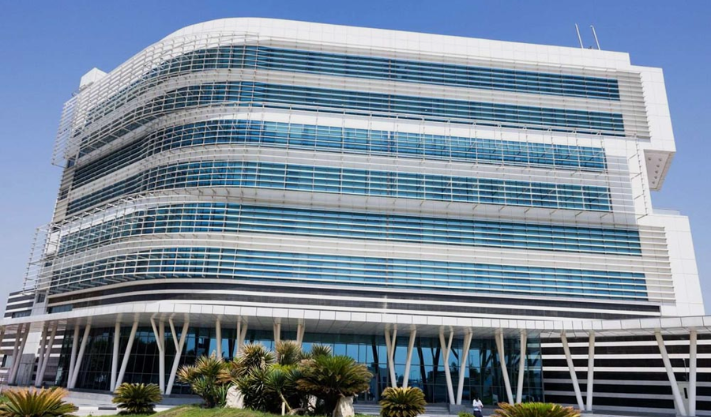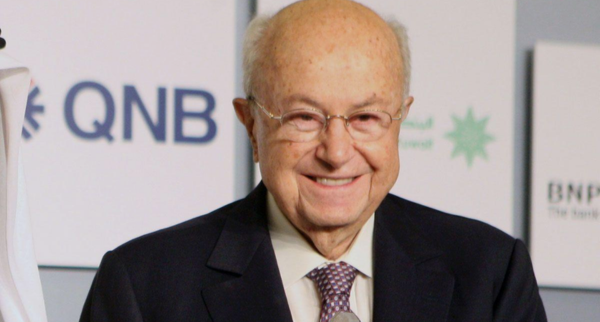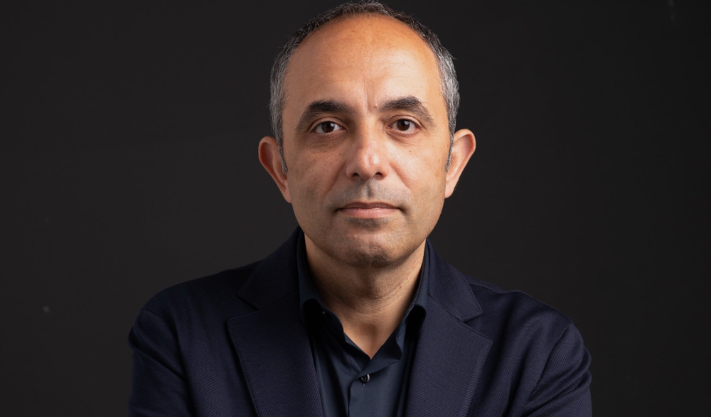S&P Global gives the Gulf Cooperation Council Interconnector Authority an ‘A’ rating with a stable outlook
S&P Global gave the Gulf Cooperation Council Interconnector Authority (GCCIA) an ‘A’ rating in its latest report. The outlook is stable because of its strong connection to the six member countries.
S&P Rating
S&P said the GCC countries are “very likely” to help GCCIA if it faces financial trouble, especially Saudi Arabia, which owns the largest share. This was mentioned in a report on Thursday.
GCCIA is owned by the six GCC countries. Saudi Arabia has the biggest share at 32%, followed by Kuwait (27%), the UAE (15%), Qatar (12%), and Bahrain (9%).
The power grid’s stability depends mainly on Saudi Arabia’s financial outlook. If Saudi Arabia’s rating improves, GCCIA’s rating could also improve.
The company is well-managed by its shareholders, who continue to support it. The payments it needs to make are very small compared to the GDP of each country (less than 0.2%), so they have always been paid on time.
GCCIA also benefits because its costs are fully covered by annual fees paid by its shareholders, which make up 85% of its income.
Unlike other power networks in Europe, the Middle East, and Africa, GCCIA does not face risks from changes in electricity demand or prices. Its revenue is based on planned expenses, so it remains stable.
Since all GCC countries own and benefit from GCCIA, they are expected to help it raise money for expansion at lower interest rates.
GCCIA’s Investment
Between 2024 and 2027, GCCIA plans to invest $1.1 billion to $1.3 billion in expanding the network. This could increase to $1.5 billion if it secures funding for a key project.
The investment will be fully financed by debt, with money coming from local development banks in Kuwait, Qatar, and the UAE. Because of this, GCCIA will have a negative cash flow of about $500 million in 2025 but expects to break even by 2027.
S&P expects GCCIA’s total debt to reach around $800 million to $850 million in 2026-2027, then decrease to about $600 million by 2029. If the backbone expansion project begins, total debt could increase by another $300 million from 2026 and will be repaid over 10 years.
Key Things to Watch
From 2026, S&P expects GCCIA to receive extra financial support from its shareholders to help cover debt payments, ensuring all interest and principal repayments are fully paid.
Published: 29th March 2025
For more article like this please follow our social media Twitter, Linkedin & Instagram
Also Read:
Abu Dhabi’s Mubadala & CalSTRS invest $215M in 3650 Capital
Kuwait sets $97.4B debt limit with new public borrowing law
Emaar to pay $740M dividend in 2024 after shareholder vote





